Having a clean camera sensor is crucial for getting clear and flawless photos. While it may seem intimidating at first, cleaning a camera sensor is actually a relatively straightforward process that anyone can do with a little bit of care and attention.
The first step in cleaning your camera sensor is to make sure you have the right tools. You will need a sensor cleaning kit, which typically includes a sensor cleaning solution, sensor cleaning swabs, and a blower or brush. These tools are specifically designed for sensor cleaning and will help you achieve the best results.
Before you begin, it’s important to find a clean and dust-free environment to work in. Any particles or debris in the air can easily land on your sensor, so a controlled environment is essential. Additionally, you should ensure that your camera battery is fully charged to prevent any unexpected shutdowns during the cleaning process.
When you’re ready to start cleaning, it’s essential to turn off your camera and remove the lens. This will expose the sensor, which is located behind a protective barrier. You should never touch the sensor itself with your fingers or any other objects, as it can easily get damaged.
To remove loose debris and dust particles, you can use a blower or brush to gently blow or brush them off the sensor surface. Be cautious not to use too much force, as you don’t want to cause any damage. Once you’ve removed the loose debris, it’s time to proceed with cleaning the sensor using a sensor cleaning swab and the recommended cleaning solution.
To clean the sensor, apply a few drops of the cleaning solution to the swab and gently swipe it across the sensor surface in a single straight motion. Avoid applying excessive pressure or rubbing the sensor, as this could cause scratching. Once you have completed a few passes, inspect the sensor for any remaining smudges or spots. If necessary, repeat the cleaning process until the sensor is completely clean.
After you’re satisfied with the cleaning, carefully reattach the lens to your camera and turn it back on. Take a few test shots to ensure that the sensor is now clean and free of any remaining debris. You can also check the images on a computer screen to identify any potential spots that may require further cleaning. Remember to regularly clean your camera sensor to maintain optimal image quality.
Dos
- Use a blower brush to remove loose dust particles.
- Use a sensor cleaning swab with a cleaning solution specifically designed for camera sensors.
- Gently swipe the swab across the sensor in one direction.
- Inspect the sensor after cleaning using a sensor loupe or magnifying glass.
- Repeat the cleaning process if necessary.
Donts
- Do not touch the sensor with your fingers.
- Avoid using compressed air directly on the sensor.
- Do not use excessive pressure when cleaning.
- Avoid cleaning the sensor too frequently.
- Never use abrasive materials or solutions on the sensor.
Step 1
Inspect the sensor for any visible dust or debris.
Step 2
Use a blower brush to gently remove any loose dust or debris from the sensor.
Step 3
Use a sensor cleaning swab and a few drops of sensor cleaning solution to gently wipe the sensor in one direction.
Step 4
Repeat step 3 with a fresh sensor cleaning swab and solution to ensure thorough cleaning.
Step 5
Power off the camera and attach a sensor cleaning swab with a few drops of cleaning solution. Gently wipe the sensor in one direction and let it dry before turning the camera back on.
Final thoughts 💭
Properly cleaning a camera sensor is essential for maintaining the image quality and overall performance of your camera. Remember to follow the manufacturer’s instructions and use the right tools and cleaning solutions. Always start with a gentle approach, such as using a blower or a sensor cleaning brush. If stubborn dirt or smudges persist, consider using a sensor cleaning swab with an appropriate cleaning solution. Take your time, be cautious, and if you are unsure, it is always wise to consult a professional camera technician. Regular sensor cleaning will help you capture sharp and pristine images every time you use your camera.
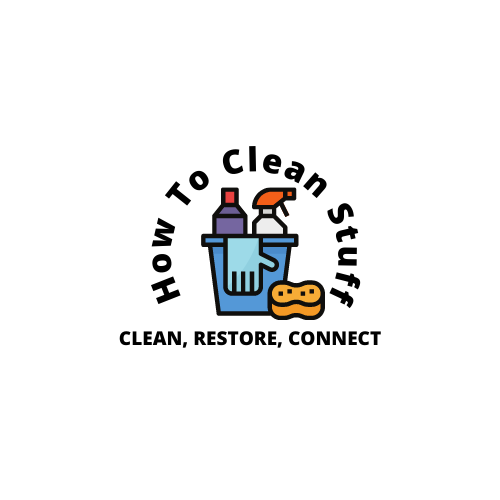
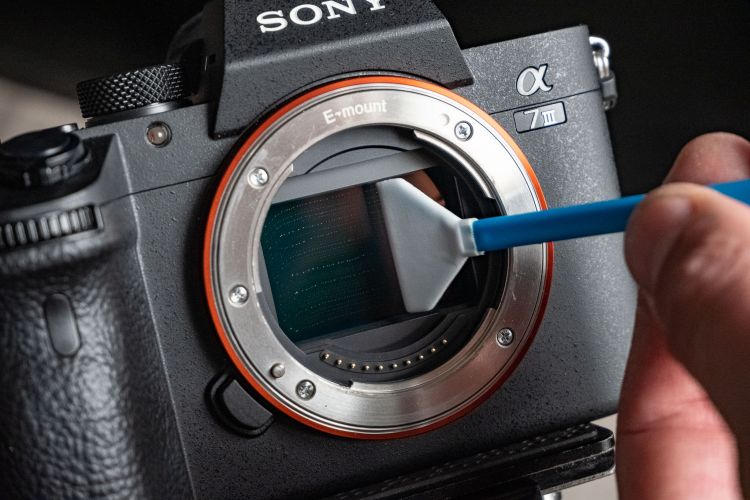
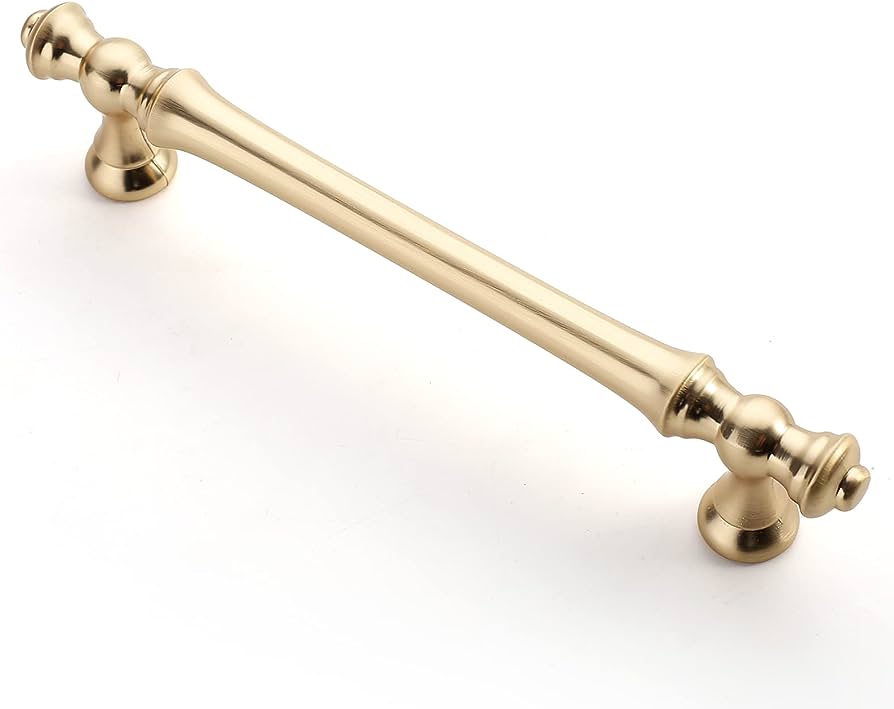
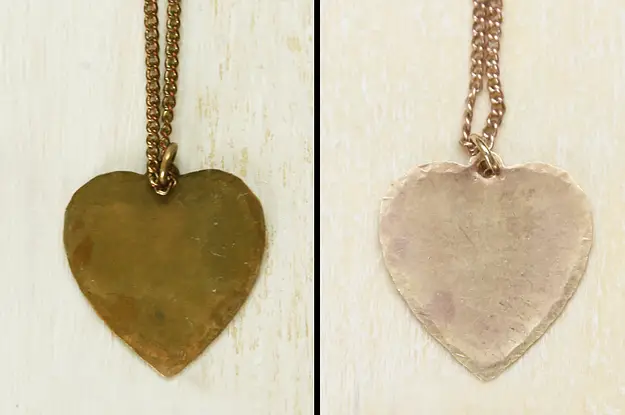
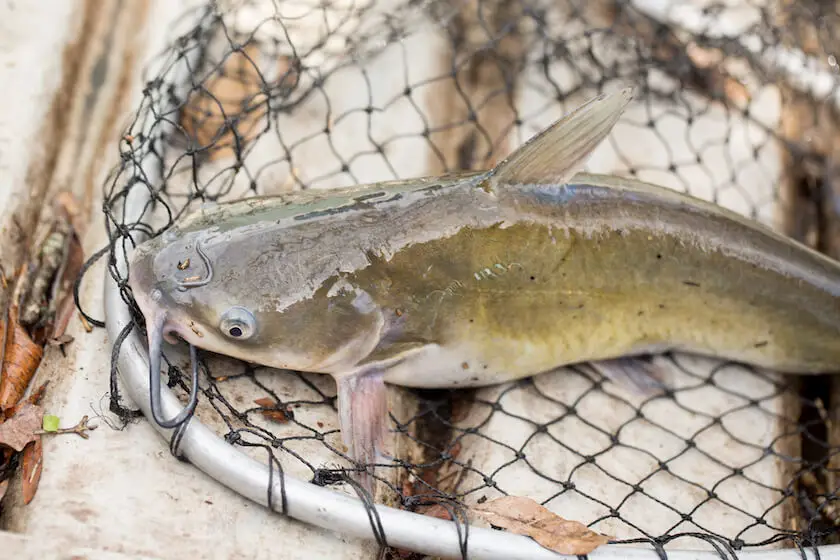

Leave a Reply